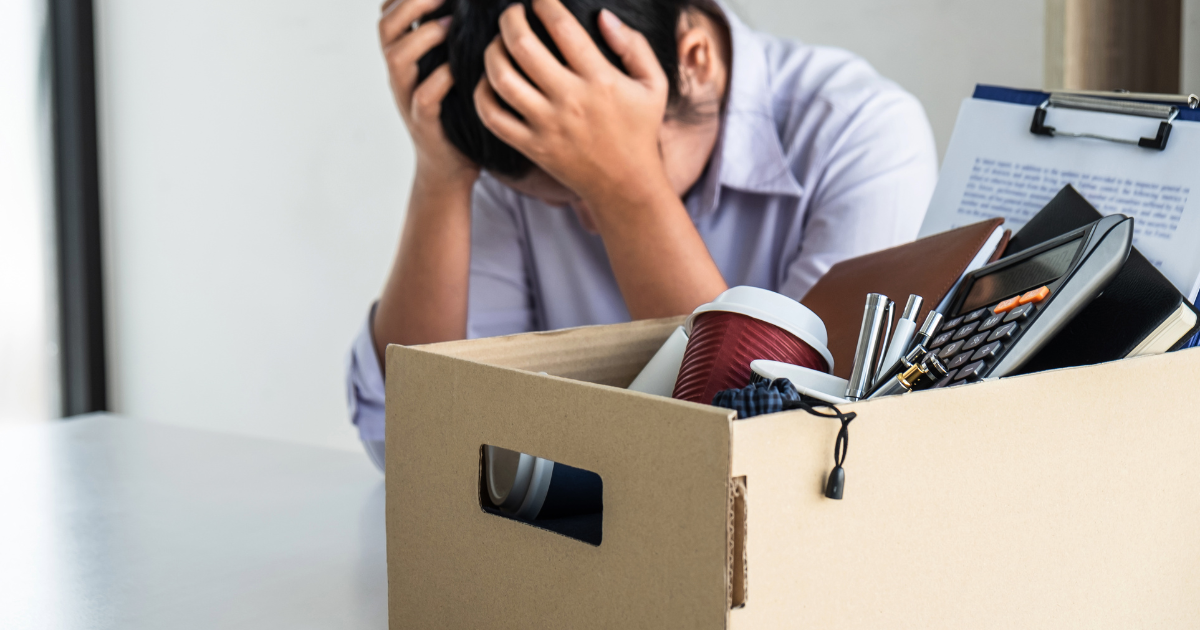What makes your brick-and-mortar healthcare business centrally located with convenient parking might just be what’s putting you at risk for a storefront crash. Storefront crashes from pedal confusion, distracted driving, medical emergencies or impairment occur 100 times a day in the U.S., according to the Storefront Safety Council.
Healthcare practices and clinics are no exception.
“Once you recognize it, you see it everywhere,” says Jim Burke, CSP, ARM, vice president and senior risk consultant, of HUB International.
At St. David’s North Austin Medical Center in Texas this past February 2024, a driver died at the scene after crashing into the medical center, injuring 5 people. Storefront crashes don’t typically end so tragically, but they do cause significant damage to businesses. “What’s so unfortunate is that they’re entirely preventable,” says Burke.
Preventing a storefront crash
Preventing a storefront crash at your healthcare business requires recognizing the risks and then setting up barriers to prevent it. The proximity of parking spots directly against the clinic walls –– especially without curbing –– significantly increases the risk of a crash.
Even with curb protection, a vehicle going fast enough can jump the curb. Standard curbing is usually 6-in. high, and wheel stop height is similar. However, a moving vehicle can easily override both.
Following are some tips to identify possible risks of a storefront crash:
- Parking spots adjacent to a brick-and-mortar business
- Lack of substantial curbing or barriers to prevent vehicles from reaching the building
- Inadequate signage, no barriers, poor lighting and uneven pavement
Cost-effective solutions for storefront crash prevention
While the cost of a storefront crash can be enough to shut down a business, installing bollards or other “crash-rated” barriers to prevent one is a relatively inexpensive yet effective solution. While the upfront cost may seem substantial to a small practice owner, the long-term benefits of protecting your clinic’s infrastructure, reducing potential liability and ensuring uninterrupted operations outweigh the initial investment.
ASTM-tested bollards are a proven method of safeguarding against crashes. These barriers are crash-tested to prevent either lower-speed crashes or high-speed crash protection. Your exact location will determine which option is right for you.
Bollards aren’t the most aesthetic purchase for a healthcare business, but it’s one that’s necessary, says Burke. “If there’s no barriers of any kind, sooner or later someone’s going to hit the gas instead of the brake.”
Risk management for a storefront crash
To adequately protect your business from the financial implications of a storefront crash, having the right insurance coverage is crucial. “When you’re designing or renting a new facility, you have to be concerned about fire protection and exit ways. This is just one other thing to add to that safety list,” says Burke.
Here’s a breakdown of the types of insurance policies you should consider to ensure comprehensive protection:
- Property insurance: This type of insurance covers the physical damage to your building and its contents. If a vehicle crashes into your building, property insurance can help cover the costs of repairs and replacements of damaged structures and interior elements.
- Business interruption insurance: If a crash forces your clinic to close temporarily, business interruption insurance can cover lost income and operating expenses. This can include employee wages, rent and lost profits based on previous financial records.
- General liability insurance: This protects your business from liability claims for bodily injuries or property damage sustained by third parties due to your business operations. In the case of a storefront crash, it covers legal costs and settlements if customers or pedestrians are injured.
- Workers’ compensation insurance: If an employee is injured during a storefront crash, workers’ compensation insurance can cover their medical expenses and a portion of their lost wages.
While insurance can protect your healthcare business in the event of a storefront crash, avoiding one in the first place is a better option. “The exposure is everywhere, but the fix is usually very easy and doesn’t cost that much. Unfortunately, until you have a catastrophe, a lot of businesses don’t want to spend the money on it,” says Burke.



